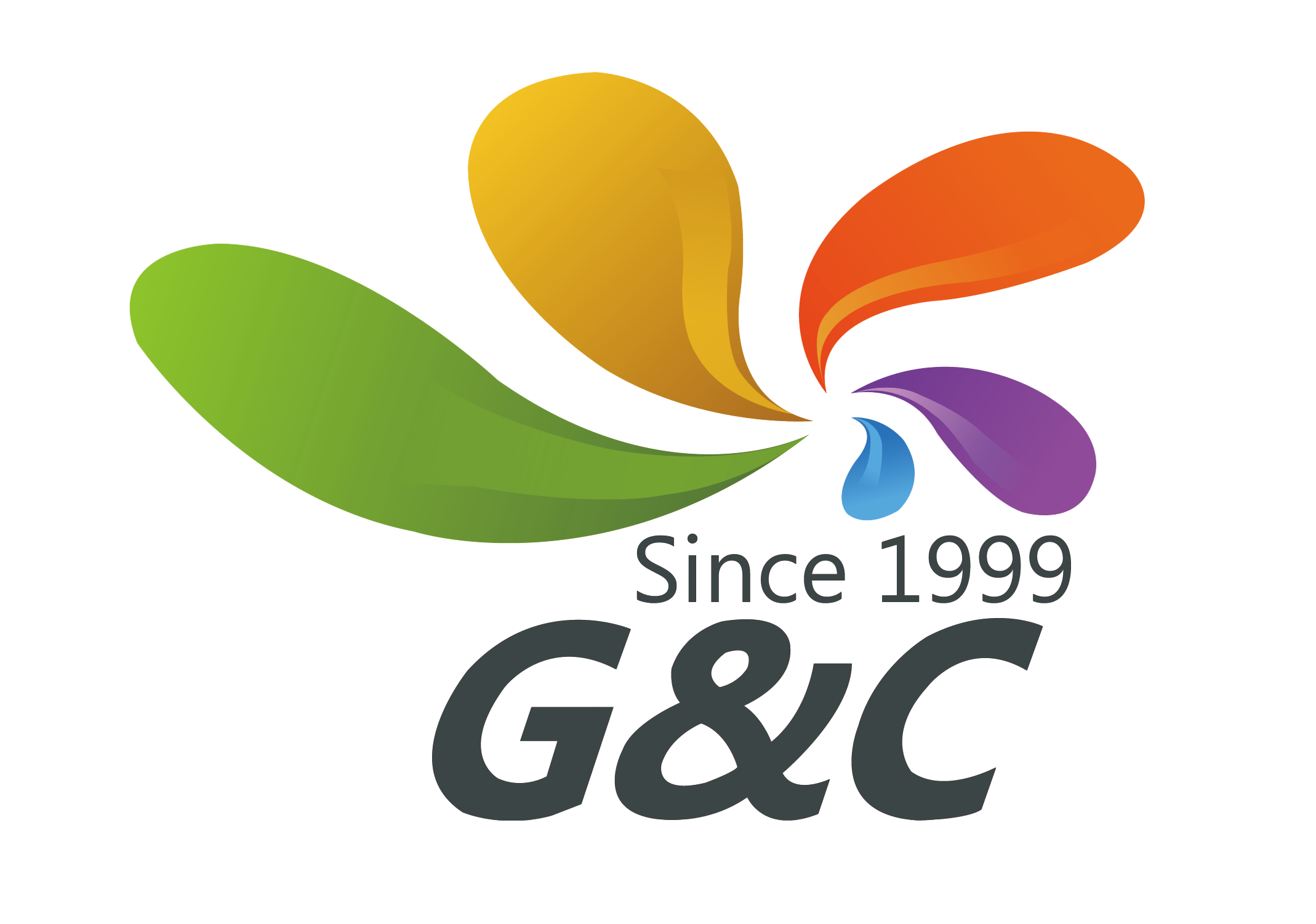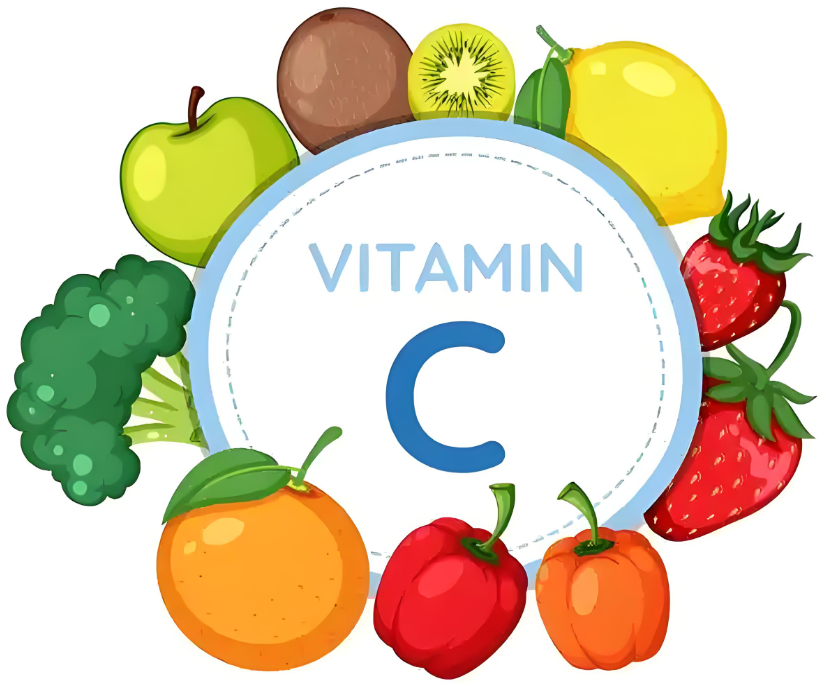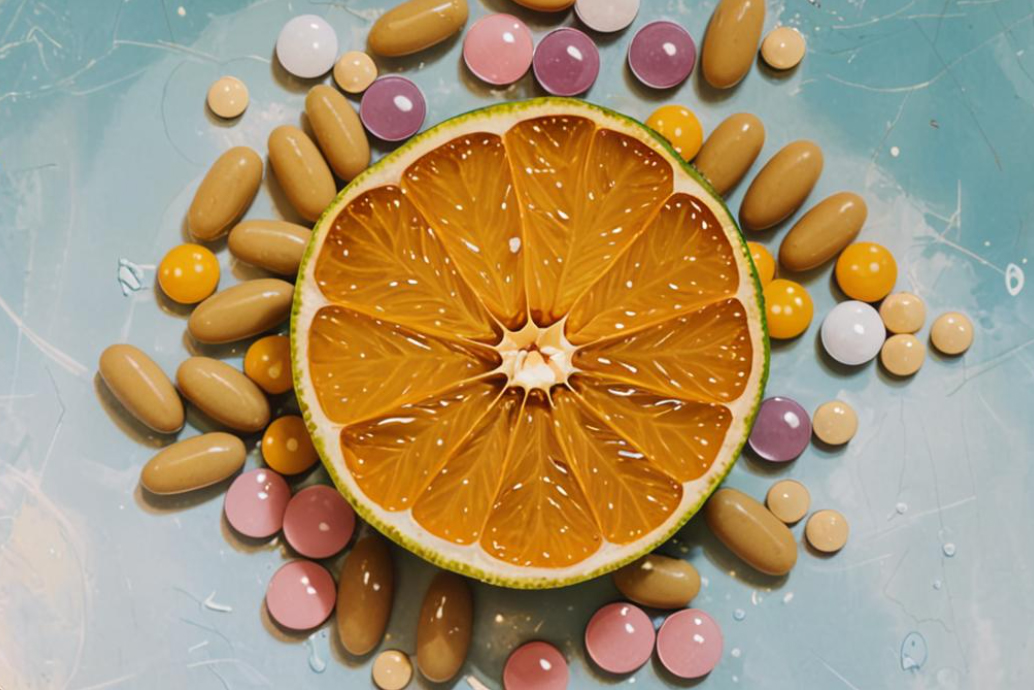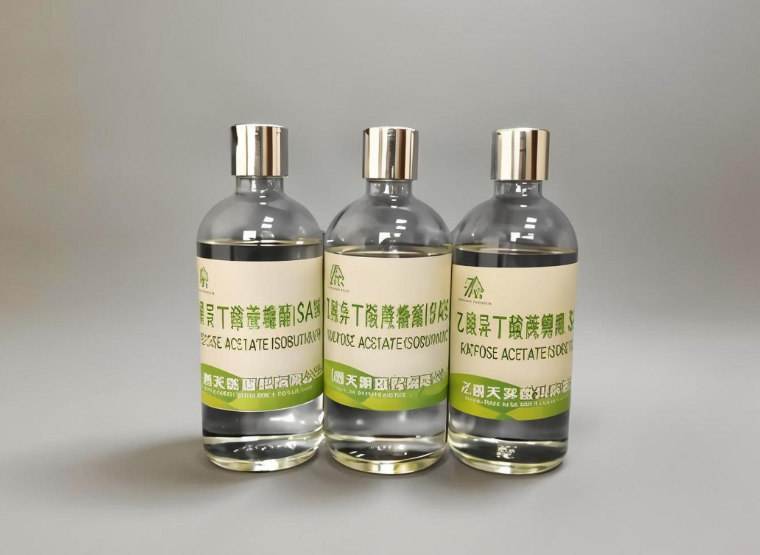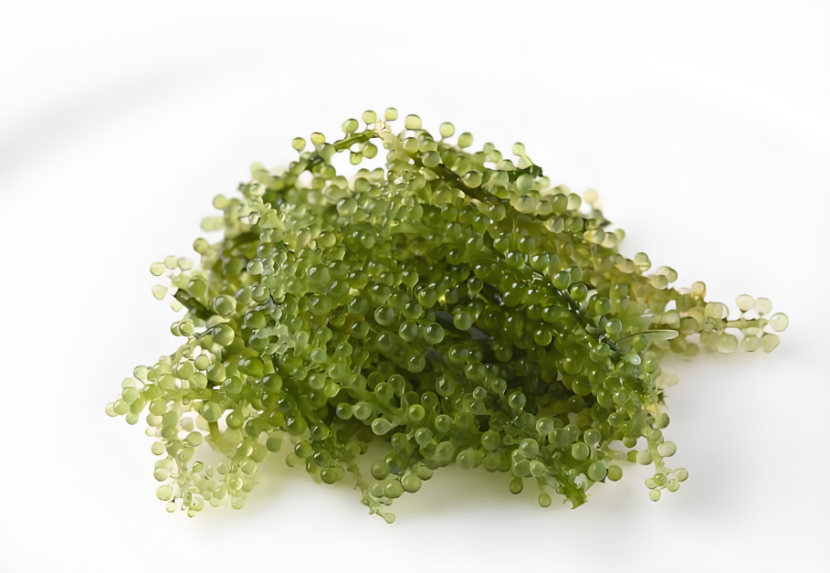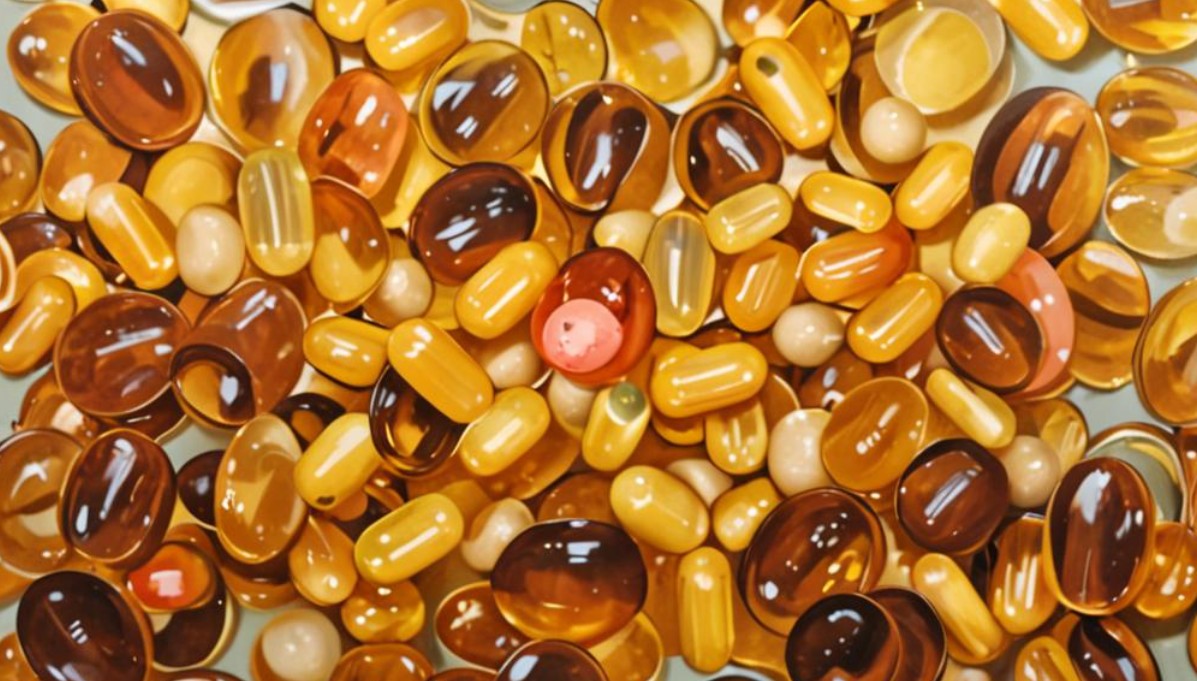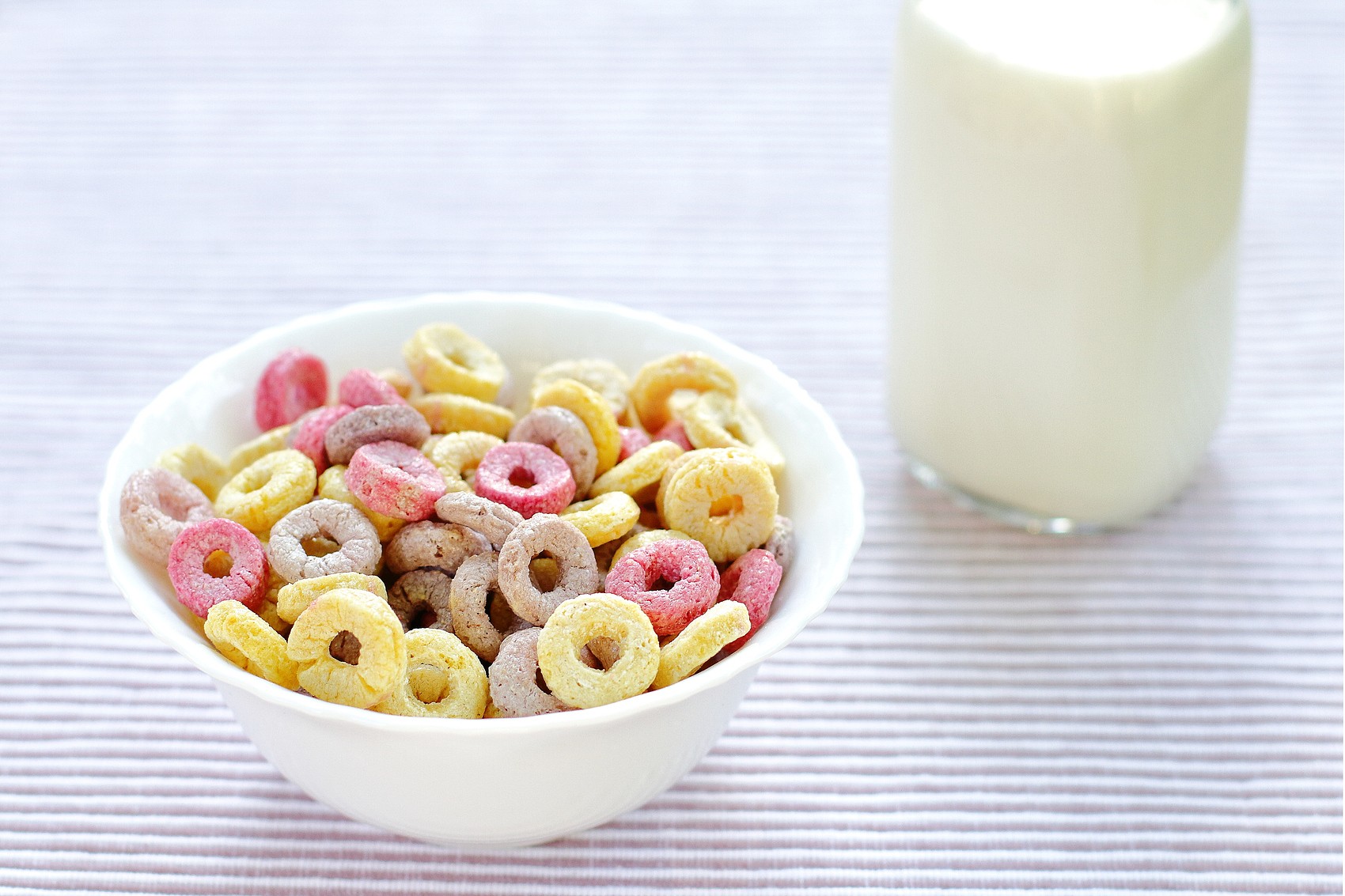0102030405
The development of sucralose
2025-03-13
Method 1:
In 1976, when researchers were initially studying chlorinated derivatives of sucrose, they accidentally discovered a compound with extremely high sweetness, sucralose, which was considered an important breakthrough in the field of sweeteners, because sucralose was not only sweet, but also stable, suitable for use in food and beverages. In the 1980s, sucralose passed numerous safety tests, including toxicological studies and clinical trials, demonstrating its safety in humans at recommended doses, and in 1991, sucralose was first approved in Canada for use as a food additive. The United States Food and Drug Administration (FDA) approved sucralose as a general sweetener for food and beverages, with the progress of production technology, sucralose production costs are gradually reduced, making it more competitive in the market, and it is widely used in baked goods and beverages. In recent years, the application fields of sucralose have been further expanded, such as e-cigarette liquid, pharmaceutical field, functional food and so on. Among them, electronic cigarettes due to their special high temperature working conditions, the use of sucralose is also different from traditional food.
Status of sucralose in e-cigarettes
Sucralose, as a sweetener of e-cigarette liquid, has obvious advantages such as fast sweetening, high sweetness, and natural sweetness without leaving sweetness. At the same time, the disadvantages are also prominent, the risk of paste core is high under high addition amount, and thermal decomposition may occur at high temperature, generating harmful substances, such as hydrogen chloride (HCl) and chloral compounds. In addition, chloride ions may interact with metal heating wires, leading to heavy metal precipitation, causing health risks
In 2015, Lu Xialian (thermal decomposition performance of sucralose) and others from Sun Yat-sen University used TG-DSC-FTIR technology to explore the thermal decomposition performance of sucralose, and the results showed that sucralose would start to decompose at 120℃, producing HCl, H2O and CO2. Since sucralose content in food is very small, sucralose will start to decompose. The hydrogen chloride produced by its decomposition is dissolved in water as hydrochloric acid, which is the main component of stomach acid, and it can be considered that sucralose does not produce harmful substances to the human body under high temperature cooking conditions below 200℃. Due to the special high temperature working conditions (> 200 ° C), e-cigarette liquid still has greater uncertainty compared with traditional food cooking. In 2019, Rachel El-Hage (Toxic emissions resulting from sucralose added to electronic cigarette liquids et al. used GC-MS to detect aerosol releases of e-cigarette liquids with sucralose added, and found two chloropropanol liquids in the aerosol releases, and the amounts of chloropropanol were closely related to the liquids containing sucralose. In the same year, Anna K. Duell (Sucralose-Enhanced Degradation of Electronic Cigarette Liquidsduring Vaping) et al. passed 1H NMR spectroscopy, ion chromatography and gas chromatography combined with mass spectrometry and flame ionization detector detection revealed that sucralose causes the production of potentially harmful organochlorides and catalyzes the cycleization of aldehydes and solvents into acetals when atomized.
In 2024, E-cigarette industry personnel Yan (The impact of sucralose and neotame on the safety of metal precipitation in electronic cigarettes and sucralose were compared between two sweeteners, neotame and sucralose, on the release of heavy metals from e-cigarettes and their effects on cell activity. The results showed that under the same conditions, sucralose was more likely to cause the precipitation of heavy metals and had a greater effect on cell activity. What happens to sucralose in e-cigarettes
In summary, sucralose is relatively stable in food and has low health risks. In e-cigarette liquid, sucralose can not be ignored for the improvement of taste, temporarily more difficult to replace, the ensuing safety risks can not be underestimated, but put aside the dose to talk about toxicity is a rogue, how to use sucralose reasonably is the focus. In addition, there are still many basic data missing, and it is still necessary to carry out continuous experimental exploration and gradually improve.
